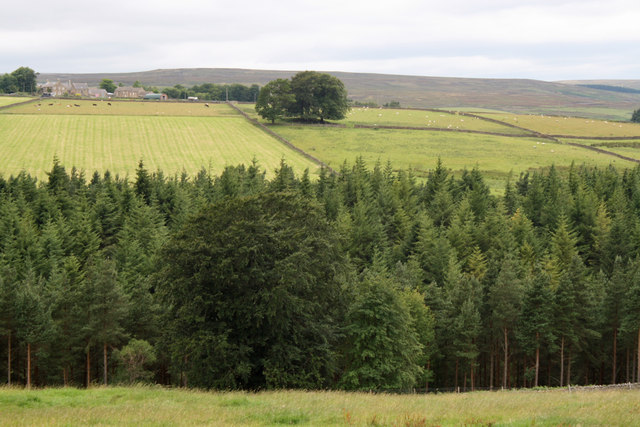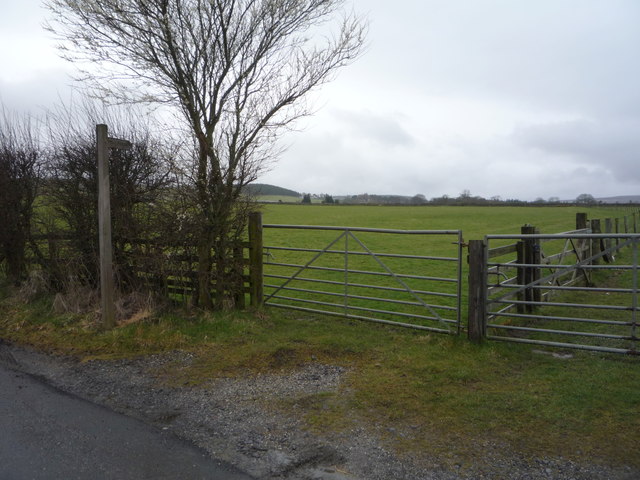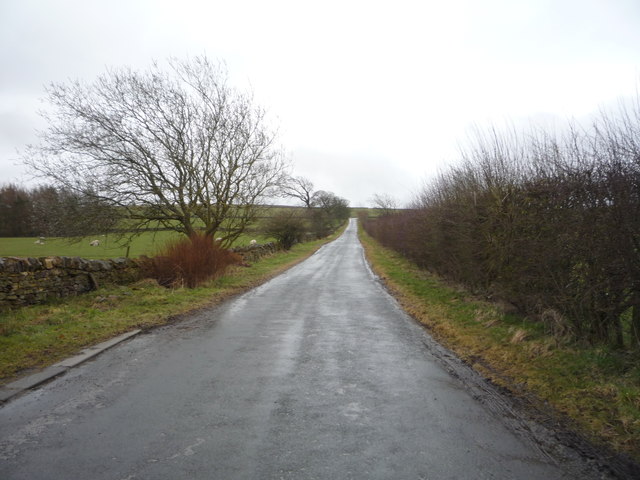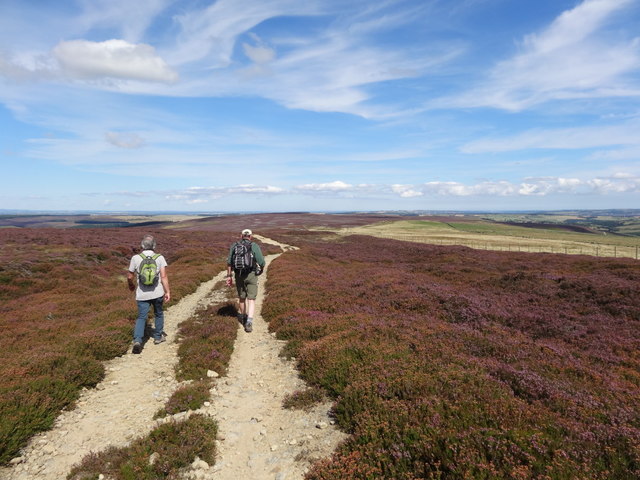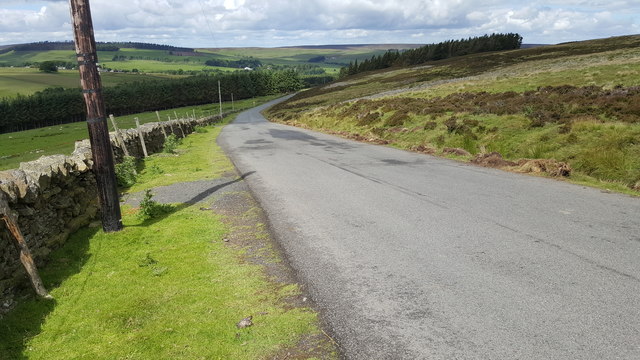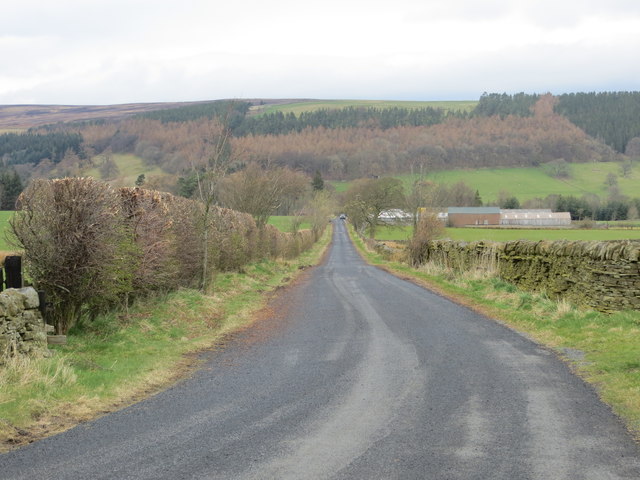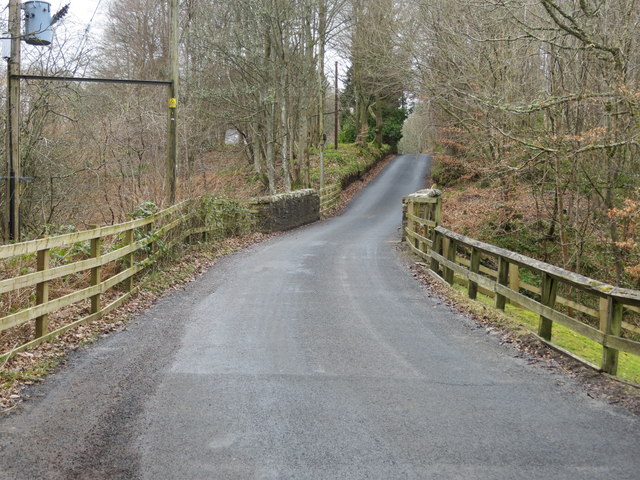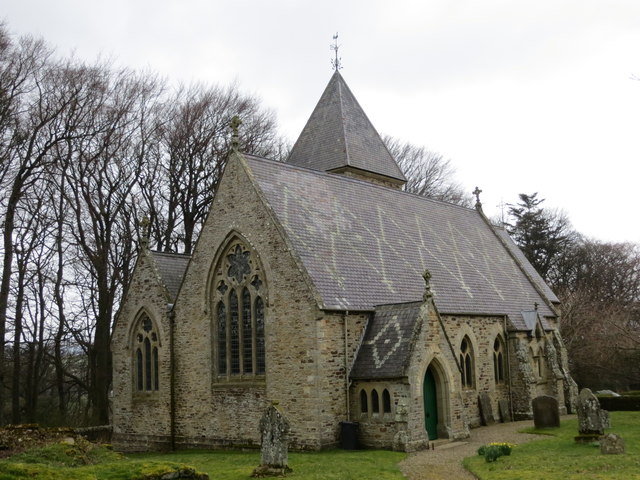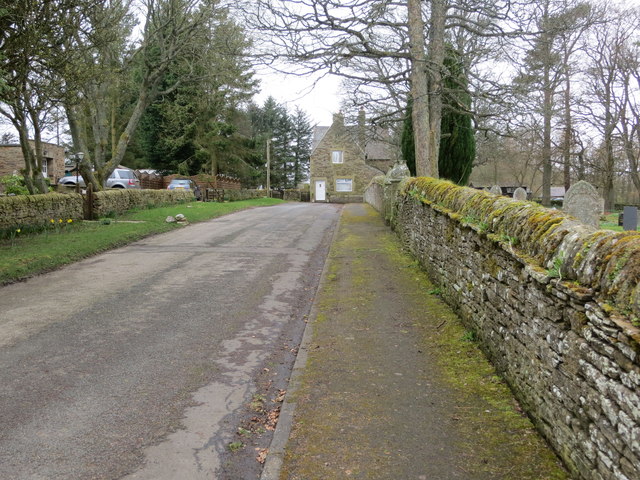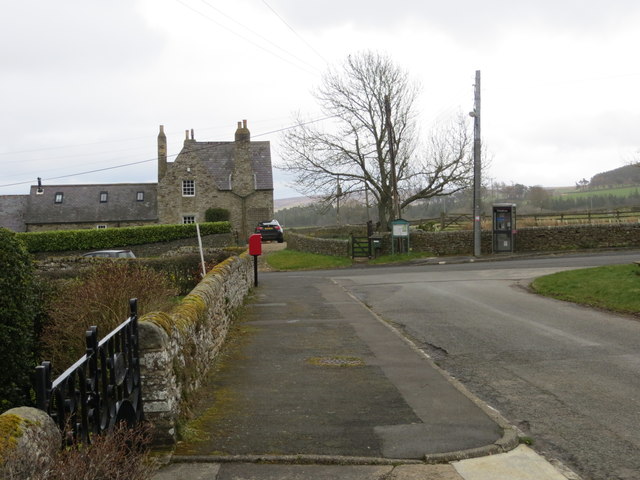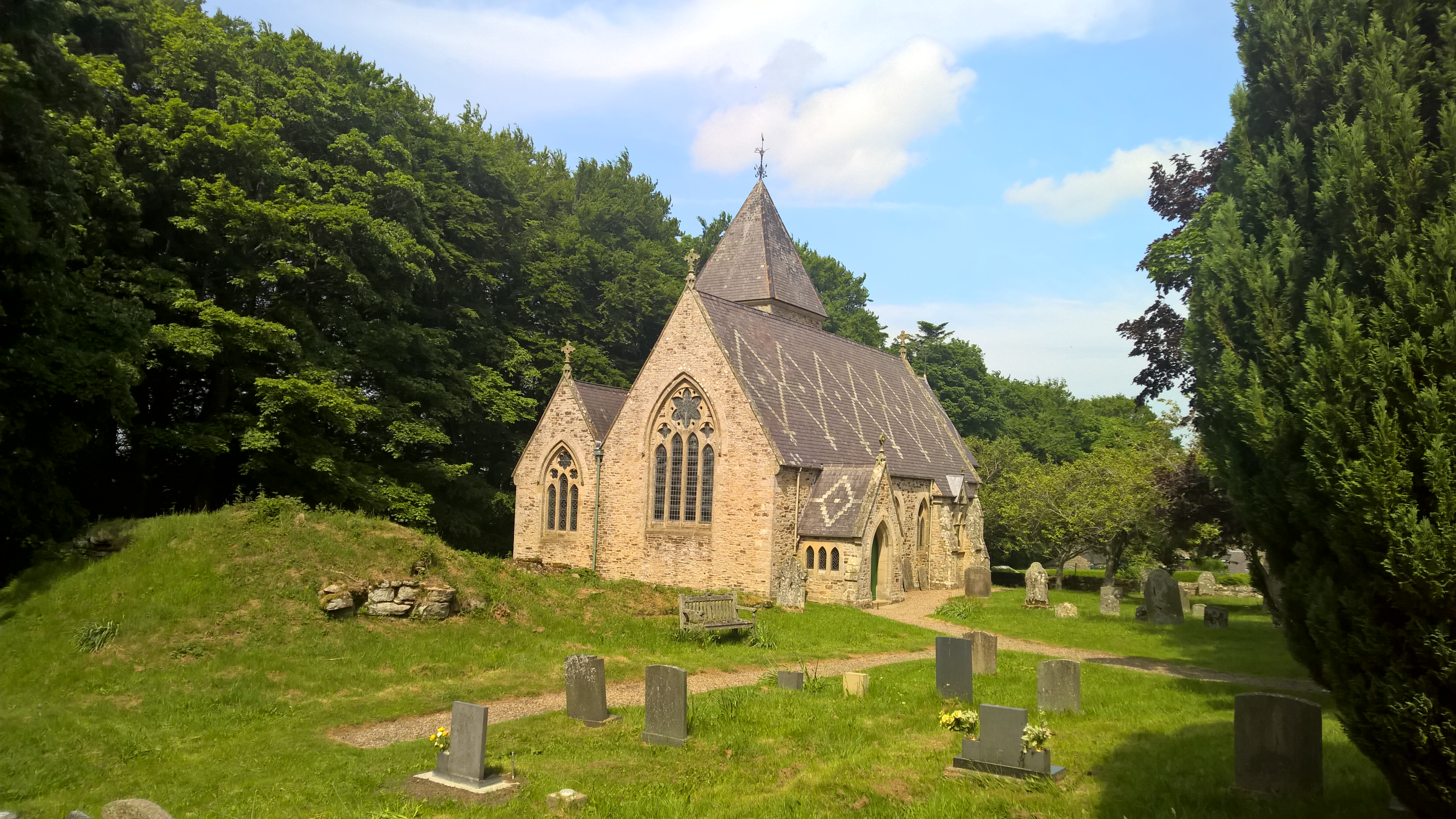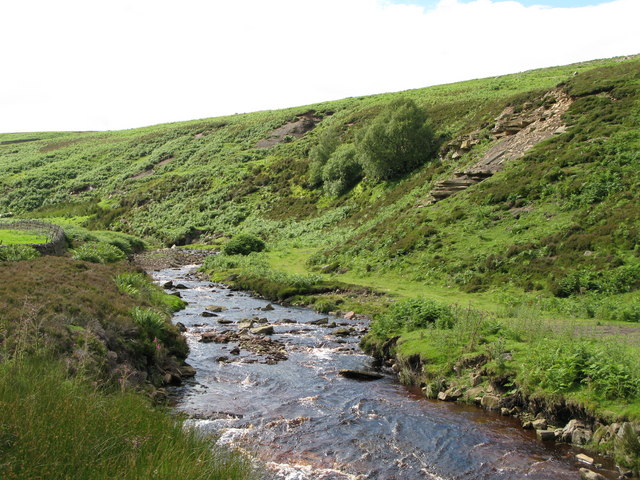Allenshields and Buckshott Moor
Downs, Moorland in Durham
England
Allenshields and Buckshott Moor
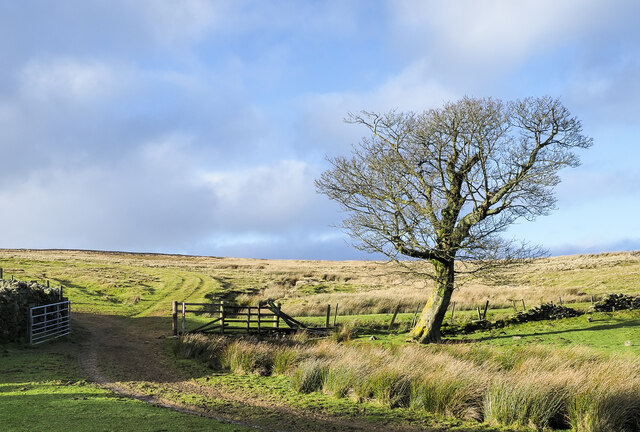
Allenshields and Buckshott Moor, located in Durham, England, are two picturesque areas known for their stunning natural beauty and diverse ecosystems. These areas are classified as downs and moorland, characterized by rolling hills, heather-covered moors, and scattered woodlands.
Allenshields is a small village situated on the edge of the Pennines, offering breathtaking views of the surrounding countryside. The village is known for its charming stone houses and a sense of tranquility that attracts nature enthusiasts and hikers. Additionally, the village is home to a few local amenities, including a small pub and a village hall.
Buckshott Moor, adjacent to Allenshields, is a vast expanse of moorland that stretches across the region. This area is a haven for wildlife and birdwatchers, with a variety of species thriving in its diverse habitats. Visitors can spot rare birds such as the merlin and curlew, as well as small mammals like hares and stoats. The moorland is also rich in plant life, with heather dominating the landscape during the summer months, creating a stunning purple carpet.
Both Allenshields and Buckshott Moor offer numerous walking trails and paths, allowing visitors to explore the natural wonders of the area. These trails provide an opportunity to immerse oneself in the peaceful surroundings, taking in the fresh air and enjoying the breathtaking vistas of the Durham countryside.
In conclusion, Allenshields and Buckshott Moor are two idyllic locations in Durham, offering visitors a chance to experience the beauty of downs and moorland landscapes. Whether it's a leisurely walk or a birdwatching adventure, these areas provide a refreshing escape into nature's splendor.
If you have any feedback on the listing, please let us know in the comments section below.
Allenshields and Buckshott Moor Images
Images are sourced within 2km of 54.842067/-2.0534712 or Grid Reference NY9649. Thanks to Geograph Open Source API. All images are credited.
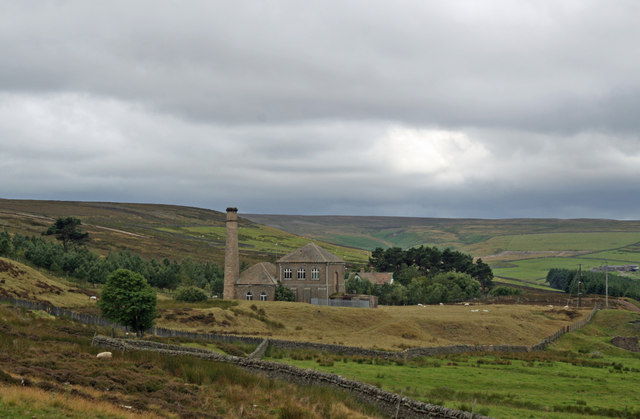
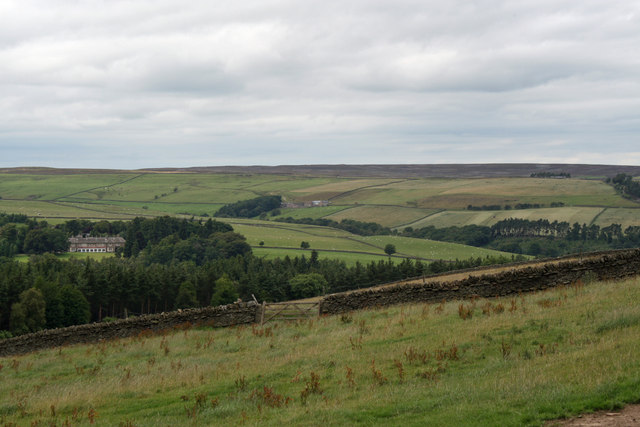
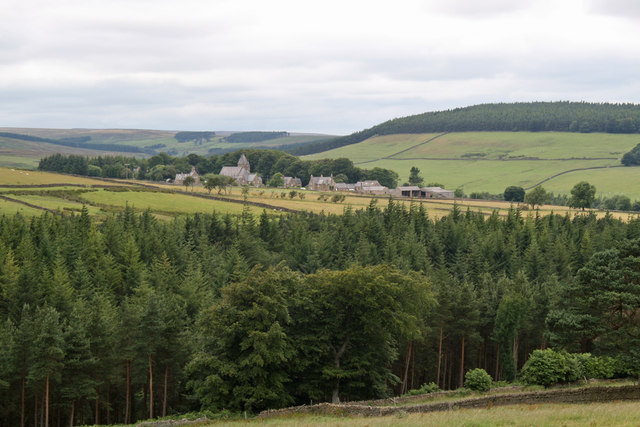
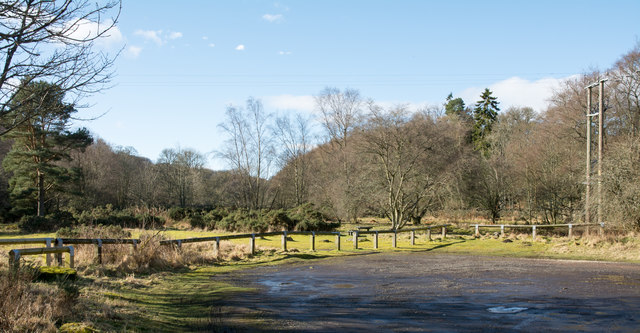
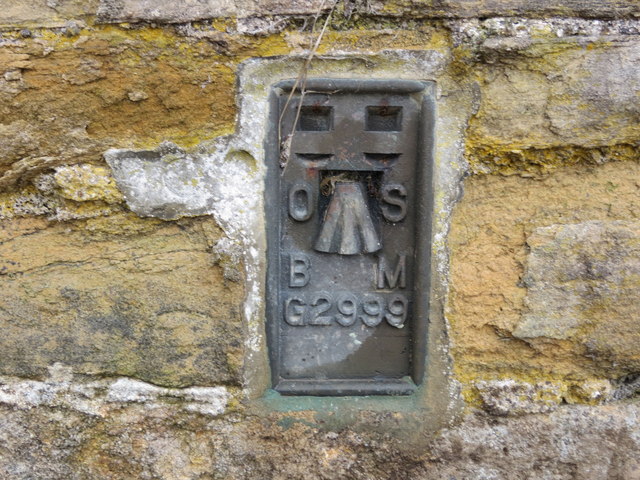
Allenshields and Buckshott Moor is located at Grid Ref: NY9649 (Lat: 54.842067, Lng: -2.0534712)
Unitary Authority: County Durham
Police Authority: Durham
What 3 Words
///mandolin.remark.bedroom. Near Muggleswick, Co. Durham
Nearby Locations
Related Wikis
Blanchland
Blanchland is a village in Northumberland, England, on the County Durham boundary. The population of the civil parish at the 2011 census was 135.Set beside...
Blanchland Abbey
Blanchland Abbey at Blanchland, in the English county of Northumberland, was founded as a premonstratensian priory in 1165 by Walter de Bolbec II, and...
Hunstanworth
Hunstanworth is a village in County Durham, England. It is situated approximately 10 miles to the west of Consett, south-west of the village of Blanchland...
Baybridge, Northumberland
Baybridge is a small village in Northumberland, England, just to the west of Blanchland and on the border with County Durham. It is situated to the west...
Townfield
Townfield is a village in County Durham, in England. It is situated just to the south of Hunstanworth and part of that parish, about 10 miles (16 km) west...
Beldon Burn
Beldon Burn is a headwater stream of the River Derwent in Northumberland and County Durham, England.It rises at Quickcleugh Moss as the Quickcleugh Burn...
Ramshaw, Consett
Ramshaw is a small village in County Durham, in England. It is situated to the south of Hunstanworth, a few miles west of Consett. Lead mining was an important...
Muggleswick, Stanhope and Edmundbyers Commons and Blanchland Moor
Muggleswick, Stanhope and Edmundbyers Commons and Blanchland Moor is a Site of Special Scientific Interest in County Durham and Northumberland, England...
Related Videos
Harrison's Cross Blanchland
As far as I can tell, this cross like structure has no significant meaning, and was probably built to protect animals from the high ...
Baybridge ~ Newbiggin Fell ~ Nookton Fell loop with iWalksNE ~ 10.2 miles ~ Glorious!
Who would have thought a day after the battering of Storm Babet we would have clear-blue skies and perfect walking weather and ...
Exploring Blanchland, Northumberland Northen England.
I really enjoy my ride to Blanchland and I will be exploring more of Northumberland in the next few months so I hope you will like ...
Blanchland & Slaley Forest, Northumberland - 6 March 2023
A 10 mile walk from Blanchland. The route heads east along the River Derwent until it reaches the Derwent Reservoir. Here the ...
Nearby Amenities
Located within 500m of 54.842067,-2.0534712Have you been to Allenshields and Buckshott Moor?
Leave your review of Allenshields and Buckshott Moor below (or comments, questions and feedback).
